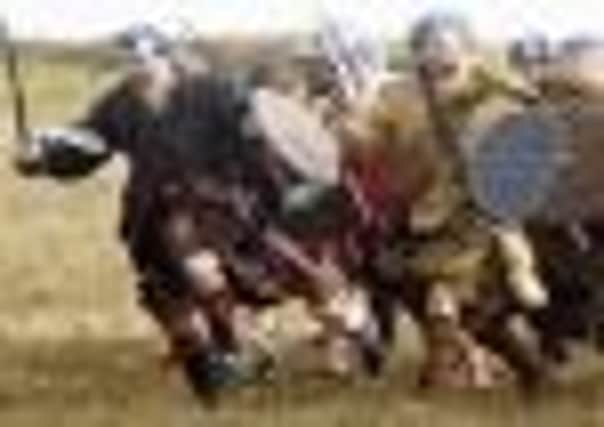‘Wild’ Highlanders tamed by ideas of Enlightenment


But according to new research, their hell-raising, untamed character was not brought to heel on the battlefield by the sword and bayonet, but the rule of law, good manners and civil behaviour brought north by the ideas of the Enlightenment and trade.
According to Lynn Abrams, professor of gender history at the University of Glasgow, between 1760 and 1840, a previously “lawless, violent and intoxicated” culture was pushed out and replaced by one of a “civility and restraint”. During that period, the courts superseded fights to the death when it came to settling scores and satisfying honour.
Advertisement
Hide AdShe explained: “Until the late 18th century, what we tend to see in rural parts of the Highlands what you might call ‘clan violence’, with groups of young men engaging in what look like revenge attacks of other groups of young men.
“These usually happened at social events, weddings, funerals, and sometimes in what looked like chance encounters in the middle of nowhere, though often they weren’t by accident.
“In a traditional way, this was described as a ‘somewhat acceptable’ way of avenging honour.”
The gentrification of the Inverness saw the rise of the business class, law courts and established trade, and brought with it the ideas of Enlightenment, Prof Abrams says.
The shift in culture would see writs replace hits, and a challenge to a potentially fatal “square go” placed beyond the pale, she said.
“This type of traditional violence is deemed entirely unacceptable by these people. So in Inverness, interpersonal violence goes into decline, because it’s channelled into courts, rather than played out on the hills.
Advertisement
Hide Ad“If you know you can take somebody to court, that might give a better sort of redress rather than whacking somebody, and honour might be satisfied in a very public way, which can be very satisfying.”
As improved agricultural technology took root and spread out, along with growing trade links with the British Empire, a boom in local industry brought money and job opportunities to Highland towns such as Inverness, and these islands of culture became the catalysts for a new Highland society.
Advertisement
Hide AdMeanwhile, figures such as the Scottish Enlightenment giant Adam Smith, who published his Wealth of Nations in 1776, spread new philosophies about moral conduct.
By about 1840, it is thought that the Highland male had largely adopted the new model of manhood which adhered to the customs and code of conduct of the new urban elite rather than the old clan systems.
Though the research sheds light on the changing character of the Highlands, challenging the historical stereotype of the “violent Highlander”, Prof Abrams said it had greater resonance: “One of the implications is that masculinity does change. There is a type of stereotype of the drunken Scotsman who gets into a fight, and that absolutely needs challenging. I think it’s contingent on the environment in which they were living.
“Scotsmen are not naturally predisposed to violence.”